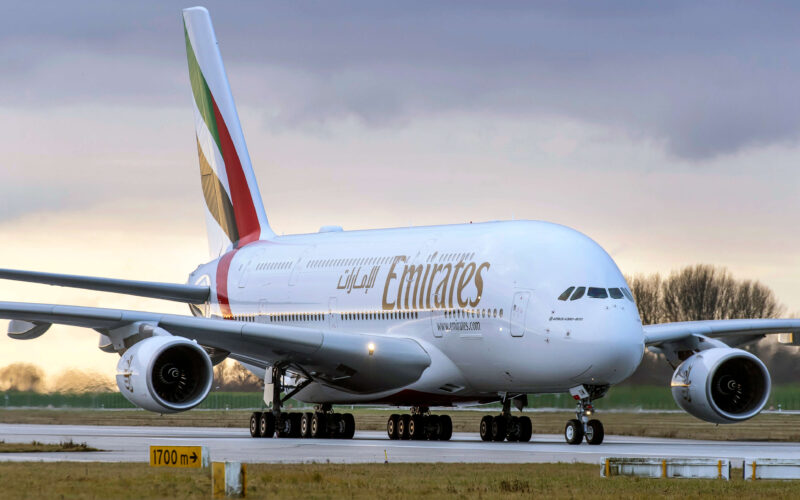On the 10th May 2020, the Emirates group released the 2019-2020 Annual Report. For the 32nd consecutive year in their history, Emirates reached a profit despite its value is 28% less compared to last year, due to a general reduction of the operations (April-June 2019) and negative consequences of the first quarter results. At the same time, the Emirates group expects huge COVID-19 impact during this financial year. For this reason, the shareholders’ meeting approved that no dividends will be distributed this year to face the crisis. Furthermore, in order to minimize financial losses, the UAE government lets the aviation sector companies use a support fund of $ 13 billion.
Regarding to liquidity aspect, which is now playing a crucial role during this crisis, the Emirates group, in March 2020, “raised additional liquidity through term loans, revolving credit and short-term trade facilities to the tune of AED 4.4 billion” as the report says. Of course, this makes the liquidity level of Emirates stronger and proves the strength of the business model imprinted for mid-longer prospects. This is a time where airlines are burning cash because travel restrictions are still applied and that is why the control of liquidity is – more than ever – important. Without flying, airlines are struggling with revenues and more of them have problems to face current liabilities. During the Q1 2020, the Emirates group continues to tap the bank market for further liquidity in order to maintain stable cash flow in the short term as reported in latest publication of the airline.
What is a liquidity risk?
The most common definition of liquidity refers to accounting liquidity which measures the ease with which an individual or company can meet their financial obligations with the liquid assets available to them—the ability to pay off debts as they come due and all these liabilities expire within the year (12 months).
Analysts use liquidity ratios to measure a company level of liquidity. One of the most used liquidity ratios is the current ratio, calculated as the ratio of current assets and current liabilities. The consolidated statement of financial position of the Emirates group underlines current assets value of AED 27.706m ($ 7.542 bn) and AED 48.892m ($ 13.311 bn) for current liabilities. Using this ratio, the value is 0,56 meaning that Emirates has 0,56-dollar cents to repay 1 dollar of current liabilities (0,82 2019 value).
Now let’s move our attention to the net cash generated from operating activities which represents an important benchmark to determine the financial success of a company’s core business activities. The net cash generated from operating activities, also called Operating Cash Flow (OCF). The OCF increases compared to last year value (+53,8%) passing from AED 10.528m (2019) to AED 22.798m (2020). Based on the previous definition, an increasing OCF indicates that the core business activities of the company are thriving.
Watching the OCF statement, “Change in advance lease rentals, trade and other receivables” boosts to AED 4.219 (2020) from AED 530m (2019) noticing a +87%. Since the OCF determines the level of liquidity, these kind of transactions – which include lease rentals and receivables – are made by changes in order to make stronger the cash flow.
In the chart below, we can see the Net cash generated from operating activities trend of the last six financial years.
For further information, you can check the Emirates group official website.
Source for definitions: Investopedia
This represents a personal rework of the latest financial result of the Emirates group. My attempt is to analyse the financial situation under the aspect of the level of liquidity. For all the complete information, you can directly go on the Emirates website in the “Investor Relations and Financial Transparency” section.
For all the terms definition, you can search on Investopedia glossary.

